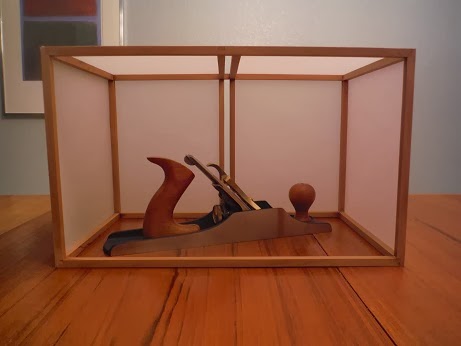I’ll need to replace the band saw, drill press and air
compressor I sold when we left Colorado, so it looks like there is some
shopping in my future to make building up another shop even more fun!
Some other nice features include a storage attic with ladder
access and a dedicated electrical panel.
I should have plenty of capacity to expand the lighting and
install a dedicated AC (and dehumidifier) system.
I’ll try to make as many of the tools as mobile as possible
and will run as high as I can with shelving and storage racks on the
walls. The house and garage are both concrete
block construction, so I’ll need to learn about tapping into the structure to
secure everything to the walls. Any tips
from those with similar shops would be greatly appreciated!
Our goods are currently stored in two moving pods. We’ll receive the first pod, with most of our
household goods, in two days. The second
pod with the rest of the household goods and the workshop’s tools (and some
choice lumber I wasn’t willing to part with) will arrive the following day.
While it is fun to start with a blank canvas it’s still a
lot of work and the actual woodworking is still a little ways off. I’ll
keep you all posted on the progress and will rely on your, always generous,
comments and feedback as we bring The Second Wind Workshop back to life.
Wish us good luck, steady hands and strong backs this week!
Pete





















































